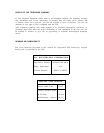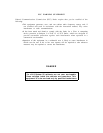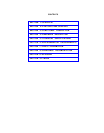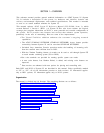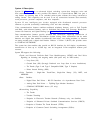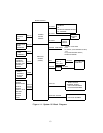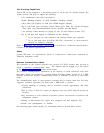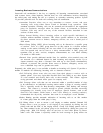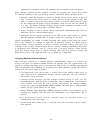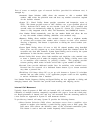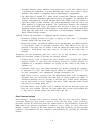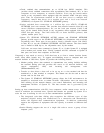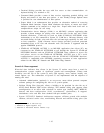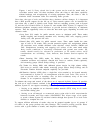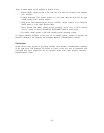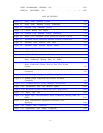supported by secretarial service and equipped with economical single-line phones.
When alternate resources are not available to handle an incoming call, System 25 provides
for attendant handling of the call utilizing camp-on, redirection and/or message service.
● Camp-On allows the attendant to extend an outside call to a busy station. A burst of
tone is heard at the called station to notify the user of the camped-on call. The
caller is placed on hold and hears music-on-hold, if available. When the user hangs
up, the camped-on call begins ringing immediately. Only one call may be camped on
at a time. The Return Coverage on Busy feature returns unanswered camped-on calls
to the attendant for service after a specified interval.
● Return Coverage on Don’t Answer returns unanswered attendant-extended calls for
additional service (redirection/messaging).
● Messaging Service supports activation of an LED at the called station to indicate
that the attendant, message desk, or another station has a message for the user.
Special arrangements are needed to handle incoming calls during periods when the normal
staff is not available, for example at night and on weekends. System 25’s Night Service
feature allows on-duty personnel to answer incoming attendant-seeking calls when the
attendant is not on duty. Directed Night Service redirects incoming attendant-seeking calls
to designated voice terminals, such as a guard desk or coverage position. Trunk Answer
From Any Station allows users to answer incoming calls from any station by dialing the
Night Service access code. Night personnel can be alerted by a Night Bell.
Outgoing Business Communications
One of the key functions of a customer premises communications system is to provide easy
access to the most cost effective network facilities for outgoing calls. The system needs to be
capable of steering calls based on cost, and must also keep records of incoming and outgoing
calls and associated costs. Building on its ground start trunk capability, System 25 features
control costs and record usage as follows.
●
Call Restrictions allow the manager to restrict users from making certain types of
calls. Restriction is administered through outward restriction, toll call restriction,
and facility access restriction.
● Automatic Route Selection provides manager defined routing of calls over the
telecommunications network based on preferred routes (normally the least expensive
route available at the time the call is placed) with capacity for multiple common
carriers and routing through tandem switch points. The user dials a standard DDD
number and the system selects the call route.
●
Station Message Detail Recording (SMDR) generates detailed call information on all
incoming and outgoing calls and sends this information to an output device (PC or
printer).
● Call Accounting Systems provide multiple types of customer reports on
communication costs and usage.
●
Account Code Entry allows a user to associate calls with an account code for charge-
back purposes.
1-6



